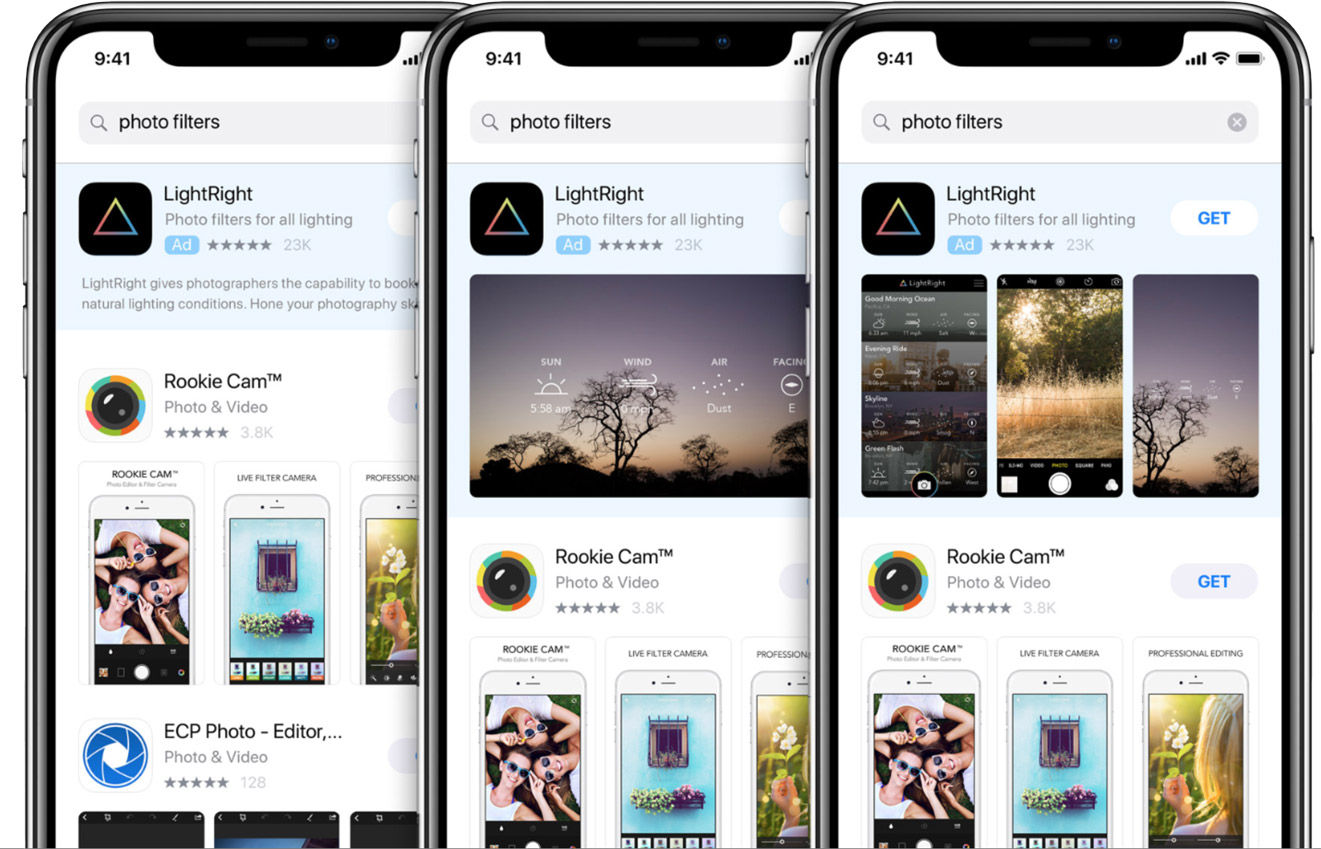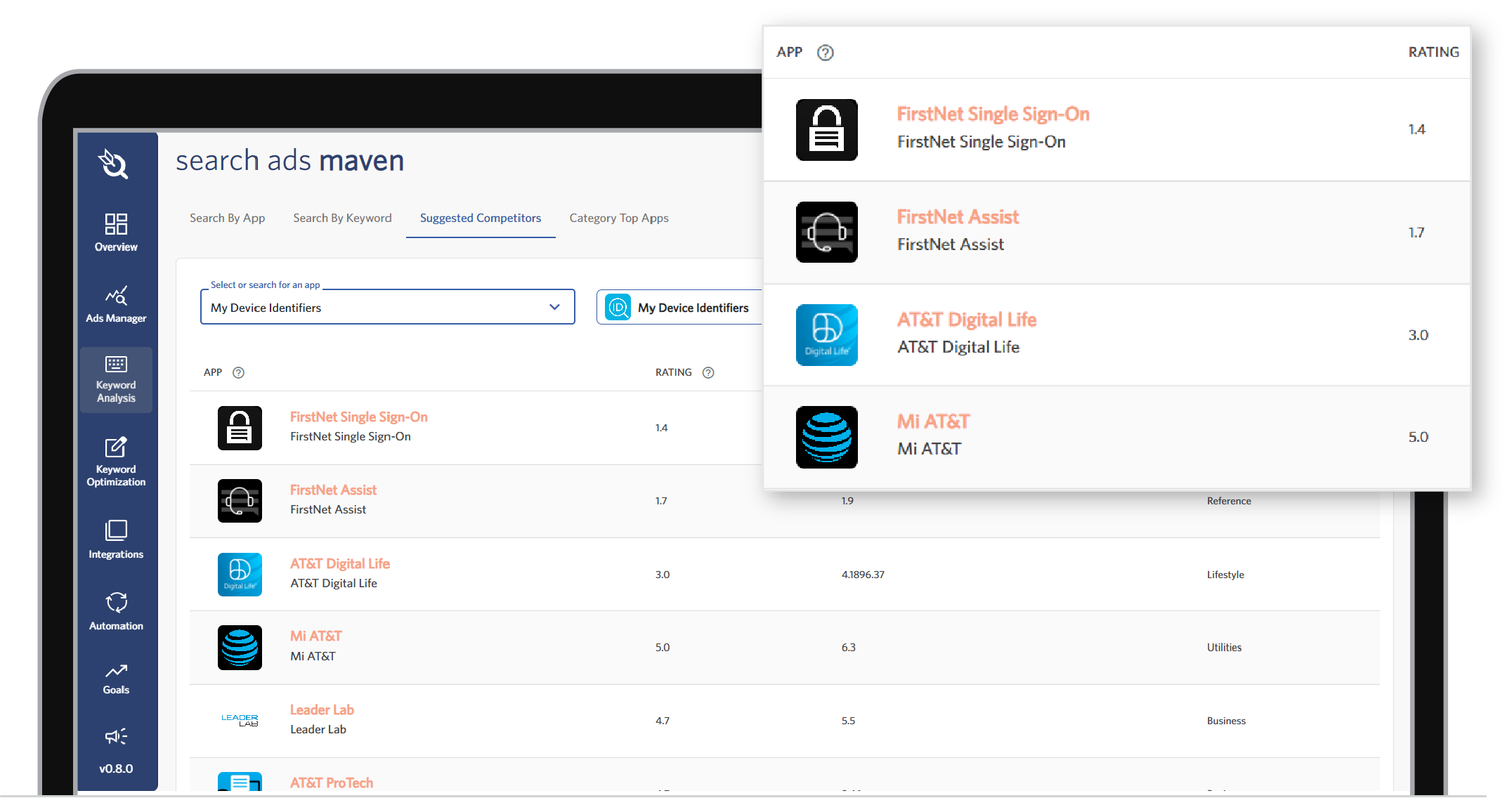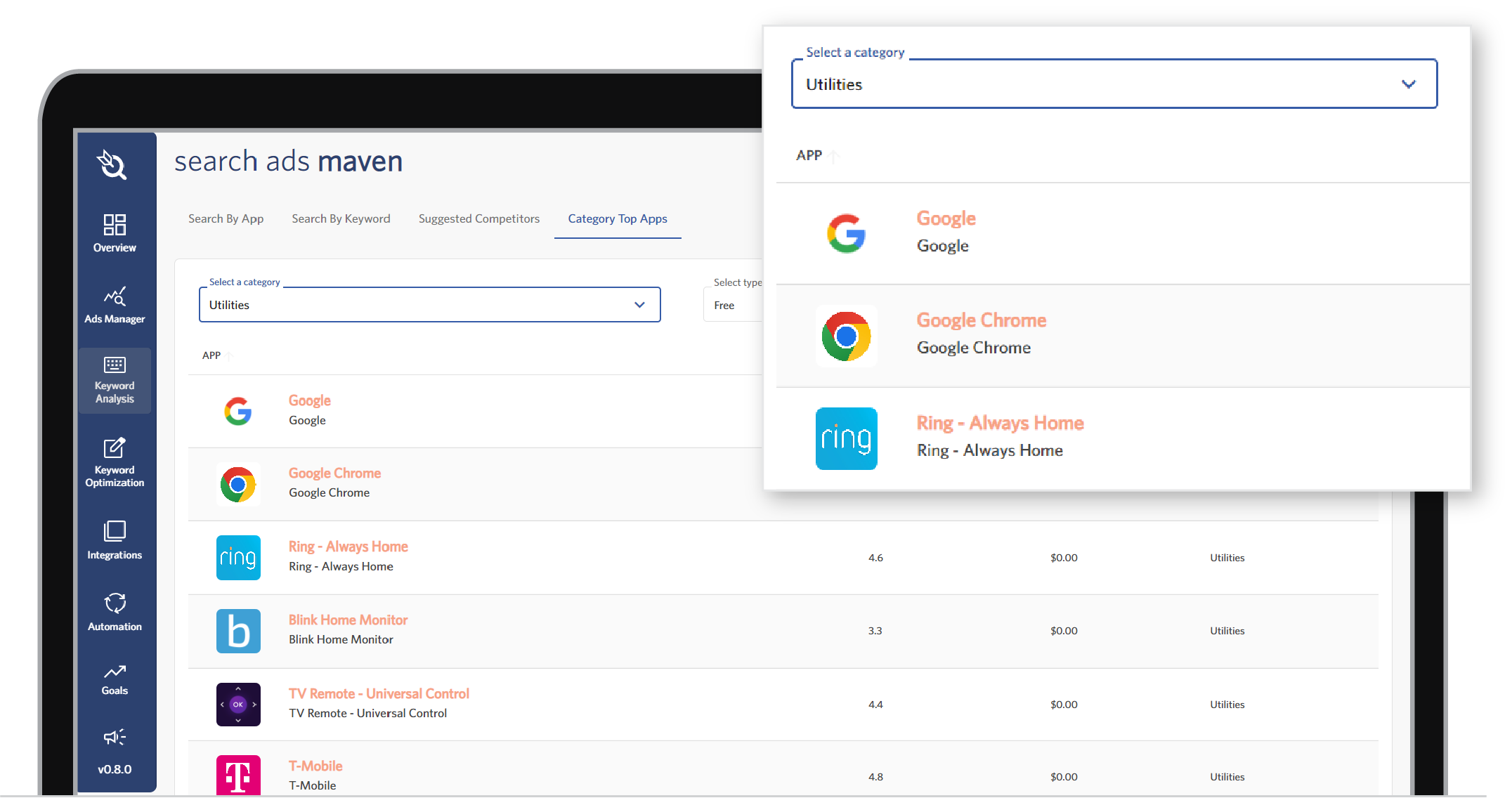Add some twinkle and shine to your product page to fuel conversion—and have a little fun along the way

Depending on where and when you read this, you may be putting up the Christmas lights, lighting the menorah, or wearing some ugly sweaters. It’s the holiday season in America, and much of our cultural discussions revolve around gift giving and learning how to handle the in-laws.
Similar to how we change our social behaviors, we also change our app-buying behaviors. Colder weather and less daylight mean more time inside on our phones, which changes our activity with them. Time off from work and school means more time for activities and games on our phones. Gym memberships increase in January from 8% per month to 12%, which means fitness apps get a jump in interest.
Many of the changes you can do to prepare for special events and holidays can be as simple as updating your creative assets on your main product page. Add some snowflakes on the corners or a Santa hat on your icon to keep your app fresh and timely. Streaming apps should suggest popular holiday shows. If you have holiday promotions for your retail app, add screenshots or seasonal items to highlight them. Keep the content relevant to someone who is searching right now for an app. Make sure you also A/B test because sometimes these changes can have an opposite effect on your conversion, as your app can look unrecognizable to someone familiar with it. Gifts during the holidays can also include new phones. Make sure your page and keyword strategy is optimized to pick up not only new users, but re-engagers as well.
Do you want something more specific to tailor your page for marketing efforts? Another way to optimize and test your apps conversion for special events is using custom product pages.

What Is a Custom Product Page?
Custom product pages are different versions of your app download page in the App Store that showcase different features or seasonal content. Custom product pages will not appear as your default page, but they can be linked to an Apple search ad (currently only the Today Tab or search results ad). They can also be linked to other marketing efforts outside of the App Store by utilizing each custom page’s unique URL. They will also have their own metrics, so you can measure success individually.
This year, Apple increased the number of custom pages to 35, with the clear intention of having app developers keep the App Store as a major marketing initiative beyond the simple download. Remember, each custom product page needs to be approved by Apple like your main page, so make sure it’s designed and created with the approval process baked into your timeline.
What can we change with custom product pages?
- Screenshots
- Previews
- Promotional Text
Let’s use a streaming app as an example. For a search ad on the keyword “Christmas movies” you will want screenshots of what Christmas movies you have available to stream alongside your most popular shows. You will also want to adjust your promotional text to showcase that you have the best Christmas movies compared to your competitors.
How about a retail shopping app? A Today Tab ad can highlight the hottest items and the special promotional deals you are offering this month. Add on some red bows to remind people that your app is the best place to find the gifts they need when they first hit the App Store.
Seasonality is a year-long concept and not something you need to think about for December alone. Sports betting apps need to keep screenshots current to what live sports are being played. Hiking and hunting apps need to feature options that can be useful when getting outdoors isn’t easy. Weather apps can adjust their content to ensure that people know you have the best warning system for hurricanes, tornadoes, blizzards, or any other dangerous weather event based on the time of year.
These seasonal optimization techniques can also be applied to different regions and demographics to increase conversion. Not every country celebrates Easter or Christmas the same or even at all. Tap into other markets by utilizing the localization option in App Store Connect.
Localization
Localization is a way of structuring your app for different languages based on an iPhone’s language settings. This is different from custom product pages but works hand in hand with them. In fact, you can add different localizations for each of your custom product pages.
These other languages are part of your app’s metadata, which is different from adding languages to your app itself. You could take your app’s description, send it through a translation program and copy it back into that language’s page in the App Store Connect but that is not advisable. This can hurt more than help, as poor translation can cause a lack of trust in the quality of your app. Make sure you have a native speaker to proofread first or craft specific descriptions. Just translating your words is the most basic version of localization.
True optimization is building localization with specific screenshots, videos, and other creative on top of translation. This is called “culturalization.” Since we are focusing on Apple’s App Store, the best cultures to start with are the regions with the most iPhones: Japan, Canada, and the US. Remember Canadians also speak French and spell several English words differently from the US, so you should add additional context instead of directly copying and pasting from the US page.
Some helpful tips for culturalization:
- Research and keep track of keyword performance in different languages. Building a keyword list in another language isn’t easy, but it can pay off. Use the insights you get from keyword performance to continue to update your app’s metadata and improve the product page.
- Use correct references of dates, currency, and measurements to that culture.
- Pay attention to fonts in your creative, especially with Asian languages. Something that looks good in English could be unreadable in Kanji. Also, different fonts carry different meanings in each culture. For example, think of the Comic Sans font in America and its connotations. You want your font to showcase your app, not distract from it.
- Just like fonts, colors carry different meanings as well. Do research on what different colors mean in your creative to different countries or cultures. For example the color red means luck and prosperity in Chinese culture.
It’s true that unless you have a dedicated team of people to localize or create custom product pages on the fly, doing proper localization and optimization for your App Store can be a monumental task. I suggest picking off the lower-hanging fruit and finding the sections you think you could tackle and maintain monthly or seasonally. Another suggestion would be to look at your competitors and see what they have done to improve their page for the holidays.


A list of suggested competitors is easy to find within the Search Ads Maven Keyword Analysis tool. While this tool is built around keyword analysis, you can leverage the information in the “Suggested Competitors” tab and the “Category Top Apps” to find and research. Change your phone’s language to see if they have a localized page, and notice the differences. Most importantly, make sure you test every change made. Blindly adjusting your page because you saw someone else do it is a recipe for a much lower conversion.
For a free consultation or Search Ads Maven demo with one of our Apple Search Ads experts, visit here.
Reference: Advanced App Store Optimization Book by Moritz Daan & Gabe Kwakyi

